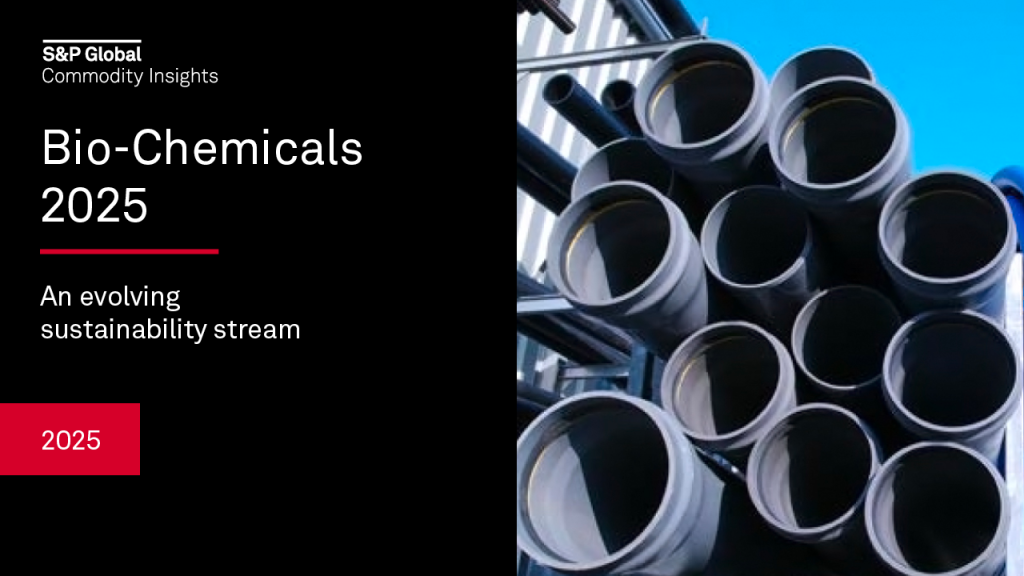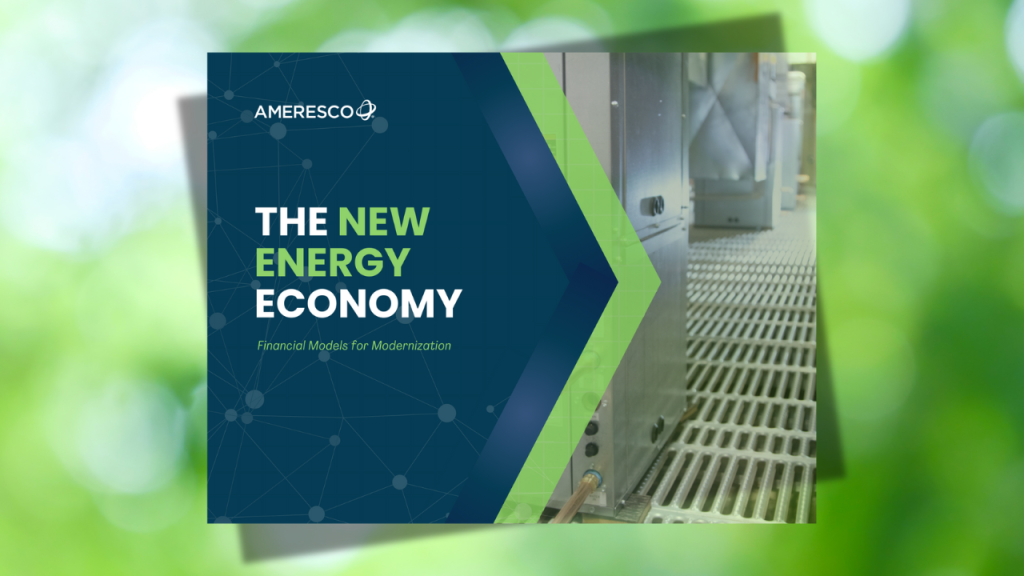Green Procurement
The Big Picture
Corporate procurement departments represent untapped sources of environmental value inside companies. Increasingly, managers are integrating environmental, health, and safety concerns into their strategic sourcing — recognizing that a company’s wastes, emissions, and environmental risks are often directly linked to the quantity and quality of the goods and raw materials it buys. While the implementation process can be challenging, environmentally preferable purchasing can offer long-term business benefits.
The Context
Once viewed largely as a transaction-based activity, procurement has taken on a more strategic role in recent years. Under pressure from a range of stakeholders — including regulators, activists, and investors — many companies are taking a fresh look at the environmental impacts of their products. Such examinations often focus on the research, development, and design phases, areas ripe for the growing trend of “design for environment.” Simply put, this means corporate buyers are opting for materials that facilitate recycling or disassembly, or that are less problematic when disposed of in landfills. These buyers are leaning on their suppliers to help them find solutions — and taking a harder look at potential suppliers’ environmental, health, and safety performance along with usual considerations such as price, quality, availability, and performance.
As a result, a growing number of suppliers now recognize that the environmental qualities of their products can be a competitive advantage in courting and maintaining relationships with corporate customers — while poor environmental performance can just as easily put them at a disadvantage. And environmental managers in leadership companies are teaming with their procurement departments to better leverage their efforts to green their suppliers.
Key Players
- Procurement professionals can select new suppliers or encourage current ones to improve the environmental performance of their operations and their products. They may also coordinate procurement policies among various departments for optimal supply-chain performance and cost efficiency.
- Suppliers and vendors often can reformulate current products to minimize environmental impact. Some products must meet specific standards in order to be labeled “environmentally preferable.”
- Environmental managers can work with procurement departments to identify and assess greener alternatives to currently used products and materials, and to weigh suppliers’ environmental performance and initiatives in purchasing decisions.
Getting Down to Business
- General Motors of Canada works with suppliers and dealers to establish pollution-prevention practices that reduce environmental impacts and operational costs. By purchasing 6,650 reusable crates and pallets to deliver plastic parts to dealers, the company has eliminated the need for roughly 266,000 cardboard crates per year.
- The City of Santa Monica, Calif., enlisted city custodians to evaluate the effectiveness of less-toxic or nontoxic cleaning products. Bids from product vendors must now include environmental and health specifications as well as performance and cost criteria.
- When Chicago-based utility Commonwealth Edison factored life-cycle costs into its purchasing in the early 1990s, the company discovered that one of its largest hazardous-waste streams was the roughly 60,000 gallons of spent solvents it generated each year. ComEd established successful processes to reduce existing solvent inventories and screen solvents being considered for purchase.
The Upside
Strategic sourcing can create value through increased overall cost efficiency, enhanced reputation and market share, and reduced environmental risks and liabilities.
- Economic benefits. By reducing supplier-generated wastes and surpluses, companies decrease handling expenses and risks associated with waste disposal. In addition, a supplier’s savings from improved efficiencies may be passed along to buyers in the form of reduced prices.
- Competitive advantage through innovation. Efficient production may be enhanced through suppliers’ use of cleaner technologies, process innovation, and waste reduction. This is especially true when suppliers and customers work together to find new ideas.
- Improved public image. Greening its suppliers can contribute to a company’s overall reputation among customers, investors, employees, and other stakeholders.
Reality Check
- Green-procurement initiatives typically don’t come easily. Getting buy-in from suppliers often takes a concerted and persistent effort. Environmental managers may also encounter initial resistance to change from within their own company’s procurement department.
- Some environmentally preferable products aren’t as readily available, may not meet performance specifications, or may not be cost-competitive. However, these products often outperform their less-green counterparts through improved efficiencies or favorable life-cycle costs.
Action Plan
In most companies, greening the supply chain requires a comprehensive understanding of one’s supplier relationships: which suppliers most affect environmental, health, and safety costs, risks, and reputation; which represent the greatest leverage points for efficiency and cost improvements; how to communicate effectively with suppliers on EH&S issues; and what are meaningful and verifiable means of tracking and measuring supplier environmental performance.
Following are some tips for implementing an effective green-procurement program:
- Research company procurement policies. Find out if and to what extent your company’s procurement policies give price preference to environmentally preferable products.
- Define your terms. Many people don’t have a specific understanding of common phrases such as “environmentally preferable purchasing.” The U.S. EPA provides a glossary to accompany its Comprehensive Purchasing Guidelines.
- Screen suppliers and subcontractors. Survey them on specific EH&S practices and use a point scale to judge their responses. Encourage or require suppliers to implement environmental management systems. Provide suppliers with “blacklists” of undesirable chemicals or other materials.
- Collaborate on an action plan. Involve suppliers early and often in product, process, and strategic decisions that impact them. Add suppliers to planning teams to implement design for environment initiatives. Within your own company, seek to collaborate at multiple levels, involving the technical personnel that plan and manage day-to-day operations.
- Choose green products. Purchase raw materials that contain fewer toxic ingredients, are recyclable, or utilize recycled materials.
- Test new products in small quantities. Evaluate results before expanding purchasing department- or company-wide.
- Buy in larger quantities. Buyers’ cooperatives enable smaller buyers to aggregate purchasing power, providing them with more leverage to persuade suppliers to undertake EH&S initiatives.
- Have clear, written ground rules and expectations. Laying out guidelines in advance will make for smoother supplier audits, periodic reviews, and other performance assessments. Plan for face-to-face performance reviews with your suppliers on a periodic basis — perhaps quarterly or twice a year.
- Expect slow, incremental change. Put your procurement plan through an initial testing phase to pinpoint and solve potential problems. Assume that it will take time for programs to roll out company-wide.
- Communicate the benefits. Resistance to change is common. Sharing the positive environmental impacts of purchasing policies with suppliers and procurement managers can help green-procurement programs maintain momentum.
Leads
- The U.S. Environmental Protection Agency’s Comprehensive Procurement Guidelines designate products made with recycled or recovered materials and recommends buying practices for those products.
- The EPA also provides online Environmentally Preferable Purchasing Guides for items such as copiers, carpets, and cleaning products. It also includes a guide for greener meetings.
- And the EPA’s Environmental Accounting Project offers the guidebook Lean and Green Supply Chain, which outlines how greening your supply chain can provide significant financial gains.
- Also from the EPA’s Environmental Accounting Project, Enhancing Supply Chain Performance with Environmental Cost Information features detailed case studies and information on the supply-chain benefits of well-designed environmental accounting.
- The Buy Recycled Business Alliance provides information on purchasing recycled-content products. It also develops educational programs for procurement managers.
- The Center for a New American Dream runs a procurement-strategies program designed to help companies buy green. The center’s Web site features an extensive list of environmental-purchasing resources.
- The Buy Green Web site offers green-procurement guidelines and links to certification programs and green products and services.
- The report Supply Chain Management for Environmental Improvement: Greening the Supply Chain provides tips and tools for environmental managers and procurement professionals.
- For a hands-on guide to greening suppliers, read Buying for the Future: Contract Management and the Environmental Challenge by Kevin Lyons.
Bottom Line
Implementing environmental procurement may require a larger initial investment of time and effort, but it can pay lasting dividends in terms of reduced product life-cycle cost, overall cost efficiency, and minimized environmental risk.









